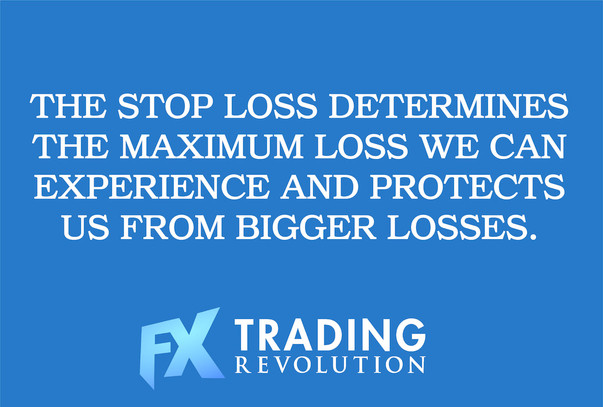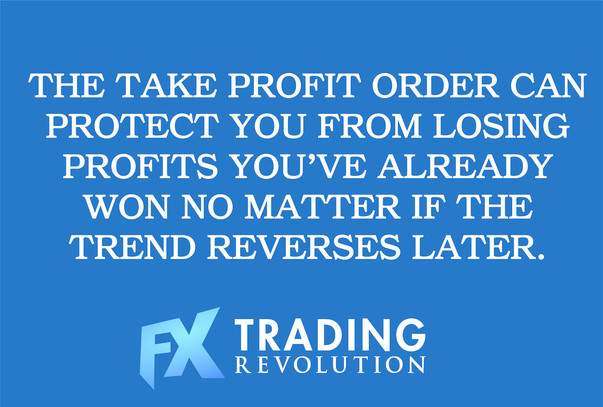The strategies we are going to describe are for the use of the stop loss and the take profit orders when trading the Forex market.
These orders are extremely important to properly manage risks and close trades in profits, so every professional trader should know what exactly do they mean and how to exactly use them.
Stop-Loss Orders
This order is used by the trader to automatically close an open position, in case he is experiencing a loss. The trader can choose the specific price level beyond which he doesn’t want to stay in the trade.
If that price is reached during a certain time period, your position on a specific currency pair (you have bought or sold) will be automatically closed by the broker.
This means you do not need to close your position manually, instead, once this level is reached, your broker will do it for you by an automatic process. The stop loss is always placed in the opposite direction of your trade:
- If you go long (it means you are expecting that the price of a currency pair will increase), you will place the stop loss below the current price of the pair.
- If you go short (it means you are expecting a drop in the price of the currency pair), you will place the stop above the current price.
The advantage is to limit your losses just in case the price trend goes in the opposite direction of your trade.
For example, if the EUR/USD exchange rate is currently trading at 1.0823 and we open a long position, our stop loss could be placed at 1.0783.
If everything goes right and the price does not drop, it will never touch the stop level and the stop loss order will never be executed. However, if your prediction was wrong and the price starts to drop, once it gets to 1.0783, your position will be closed immediately – protecting you from further losses.

You will get a loss, yes, but in this way, your loss is limited to a calculated and predetermined amount. Without the stop loss, you could not control the amount of loss, if the price had fallen down further.
This is the importance of the stop loss: it determines the maximum loss we can experience and protects us from bigger losses. Clearly, you can also choose to close your position in advance and minimize the loss before the price drops to the stop price level if you believe that the stop loss will be reached anyway.
Take-Profit Orders
If the stop loss protects you from the loss, t he take profit order allows you to cash in your gains automatically . You can think of it as a reversed stop loss essentially. It works exactly in the opposite direction of the stop loss.
The price level is always set by the trader and the position will be automatically closed once this level is reached. In short, you will determine the potential gain you want or expect to get from your trade. It works like the stop loss: the broker will close the position automatically once the take profit price level is reached.
You may wonder, why should you use the stop loss combined with the take profit ?
Let’s take an example:
You’ve opened a long trade on the EUR/USD pair by buying it at 1.0823 and you placed the stop loss at 1.0783, but, let’s say you did not place a take profit order. If you have invested 100 USD with a leverage 1:100, and the price grows up to 1.0871 (in this case you are earning 48 USD), but you decide not to sell since you expect a higher gain. In fact, the price goes to 1.0899 but suddenly drops to 1.0842 (gain = 19 USD). If the price falls further, we will lose all the potential profit that was in our hands.
If we had placed a take profit at 1.0863, we would have earned a 40 USD profit once the price level was reached.
This example shows that the take profit order can protect you from losing profits you’ve already won by cashing in your profit at a predefined price no matter if the trend reverses after that and goes completely against you.

So What Could be an Optimal Strategy of Using the Stop-Loss + Take-Profit Orders?
Normally, the best way is to identify the resistance/support levels on the chart that will generally define either a trend or a range.
In this way, when you open a short trade you will place the stop loss above the resistance level and the take profit above the support level. Conversely, when you take a long trade you will place the stop loss order below the support level and the take profit order below the resistance.
Another strategy, though not recommended is to use a subjective approach. You place the stop loss according to the maximum level of loss you can afford and at the same time the take profit at the level of profit you want to make. However, in this case you don't adapt to current market situation and volatility.
A third possibility is to use the so-called dynamic approach: you set a series of stop loss and take profit orders if you think that the price will follow a certain trend. If you expect an uprising trend of the EUR/USD exchange rate, you can set a series of stop loss and take profit orders that are higher by a certain percentage compared to the previous one. This strategy, however, should be used if you are an expert trader and you know how to determine support and resistance levels.
The benefits of these strategies are that you do not need a certain amount of experience to trade them, but, they can be used by both beginner traders and experienced traders. It is for sure a good technique if you are just starting to trade and want to have a calculated value of your potential profits/losses.





